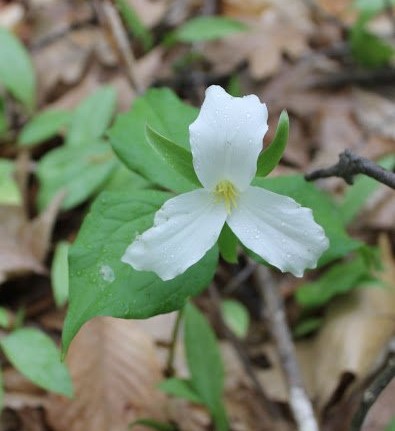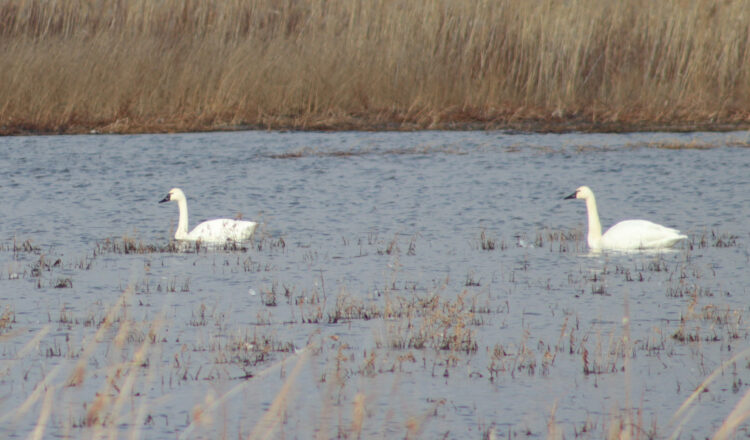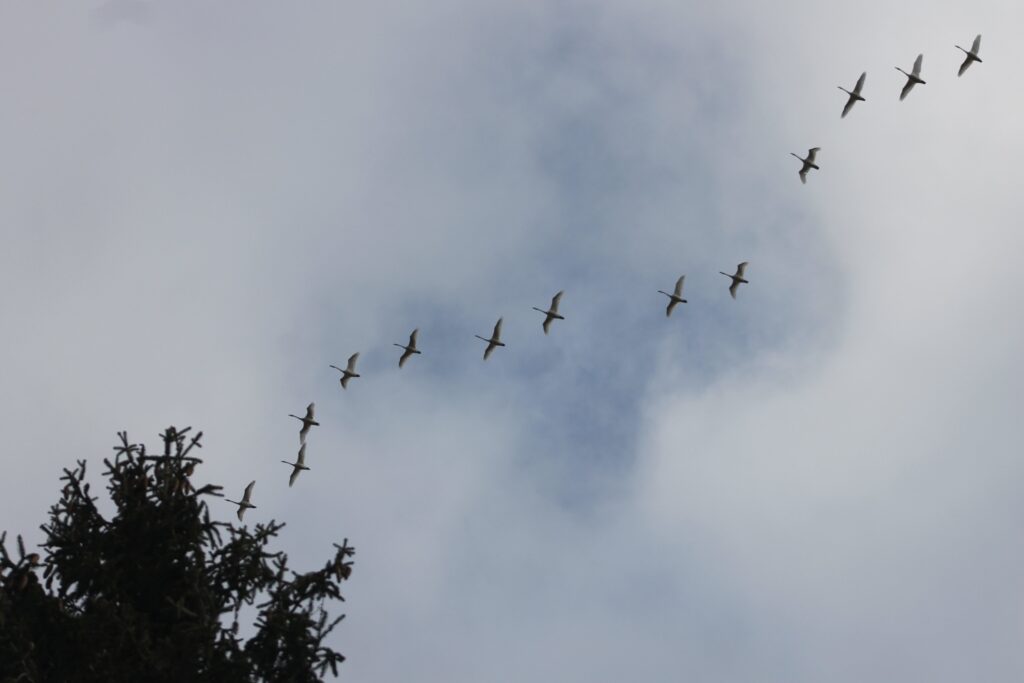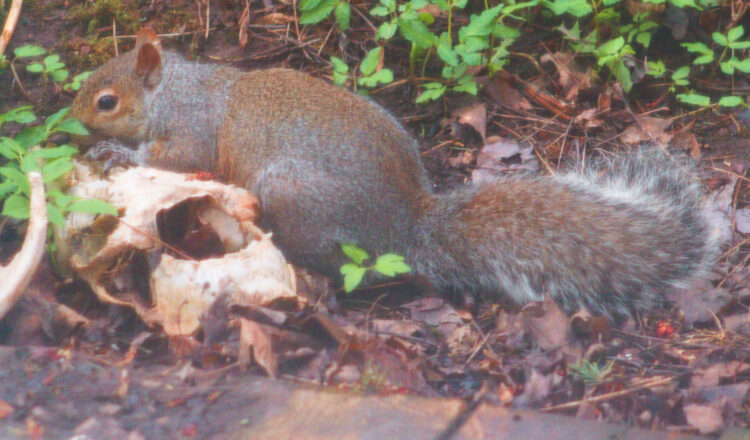Everyone is familiar with the common backyard woodpeckers like the
downy woodpecker and its near-twin, the hairy woodpecker. They have what
could be called “typical” size for a woodpecker.
They are quite
unlike their cousin, the pileated woodpecker. If the other woodpeckers
are lumberjacks, then I guess pileateds are the Paul Bunyans of the
woodpecker world — giants.
While a downy woodpecker might be six inches long, pileated woodpeckers are 18 inches long – the size of a crow – with a 30 inch wingspan!
Identifying pileateds
Pileated woodpeckers are unique and can’t be confused with any other local bird. They are black like a crow, with white stripes on their neck and face and a large red crest. When they fly, which is done slowly and deliberately, you will see white wing linings.
Their voice, like their body, is big. Their calls are kind of like that of the common flicker (the brown and yellow “ground dwelling” woodpecker you might see in your yard in the summer) but, louder…much louder. The kuk-kuk-kuk-kuk-kuk call will echo through the forest and sometimes you can hear them over a half-mile away. Their call is louder or travels better than turkey gobbles or hawk screams.
Another audible giveaway is their Bunyan-like hammering. When wailing away on a tree trunk, pileated woodpeckers are just as loud and paced as a person using an ax to fell a tree. It’s a deep, powerful blow, nothing like the rapid fire, high-pitched pecking you hear from red bellied woodpeckers in the spring when they mark their territories by pecking at hollow limbs.
Where to find them
Pileated woodpeckers need large, dying trees. As our forests age or, sadly, as they are overcome by sickness and invasive species (such as beech bark disease and emerald ash borers) they create perfect food sources for the woodpeckers. Look for them in larger, deeper forests, which there are plenty of Allegany County.
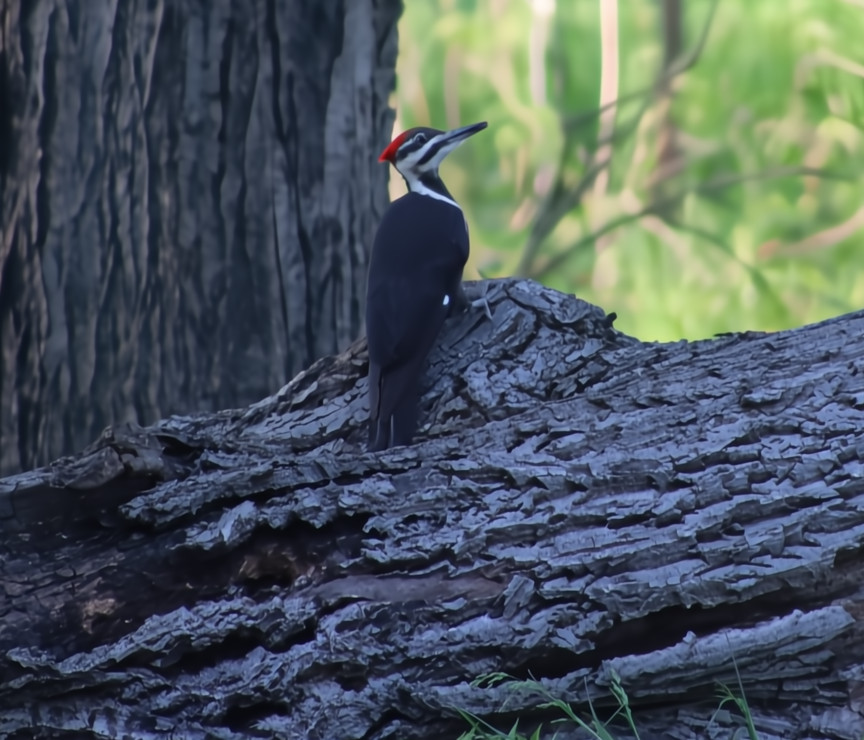
That’s not to say that they won’t frequent backyards on occasion. My lawn in Niagara County has a lot of very large trees and is right next to dairy farm and a county road. Despite that hustle and bustle, and the closest woodlot being a half mile across a hay field, I see pileated woodpeckers in my yard a few times a year. If they know there’s lots of food, they’ll be there.
But, if you hope to see one, the bigger the woods the better. Remember, everything about pileateds is big.
What do pileateds eat?
Pileated woodpeckers don’t eat wood – they eat what eats wood. They love ants and beetle larvae and will hammer away at an infected tree for hours and days on end, chipping away the bark and trunk to get at the insects.
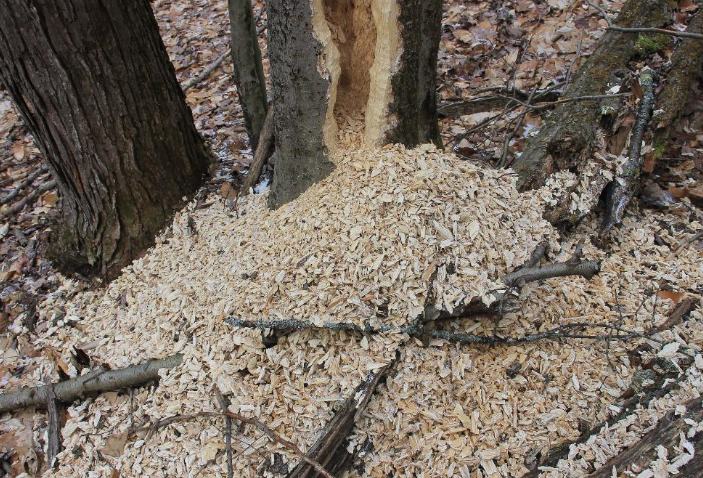
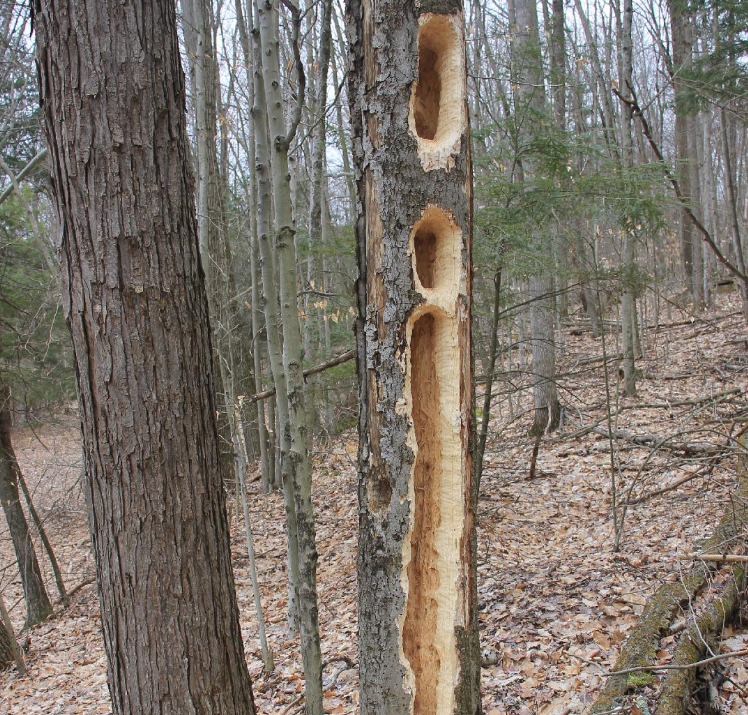
You can’t miss their handiwork. They will carve a channel into a trunk that might be three to five feet in length, up to six inches wide and just as deep. Below these rectangular carvings you will see large chips at the base of the tree, some larger than a man’s hand.
Some of these holes are so Buyan-esque that the trees will actually fall over.
You are familiar with pileated woodpeckers…sort of
You’ve seen the pileated woodpecker, but probably never knew it.
The bird is forever immortalized in pop culture. It served as the inspiration for none other than the most famous woodpecker of all – Woody Woodpecker.
The dark body with white markings. The large red crest. The loud maniacal laugh-like call. The size. A unique character, inspired by a unique bird.
But, if you hope to see a real life Woody, know that pileateds aren’t as gregarious as their cartoon interpretations.
They are very shy and wary.
So, when out in the woods, be stealthy. Bring binoculars and a telescopic lens for you camera because you won’t get close.
Hopefully you someday get a chance to see one of these giant lumberjacks. You won’t forget the first time that you do.
From the 17 May 2024 Wellsville Sun




